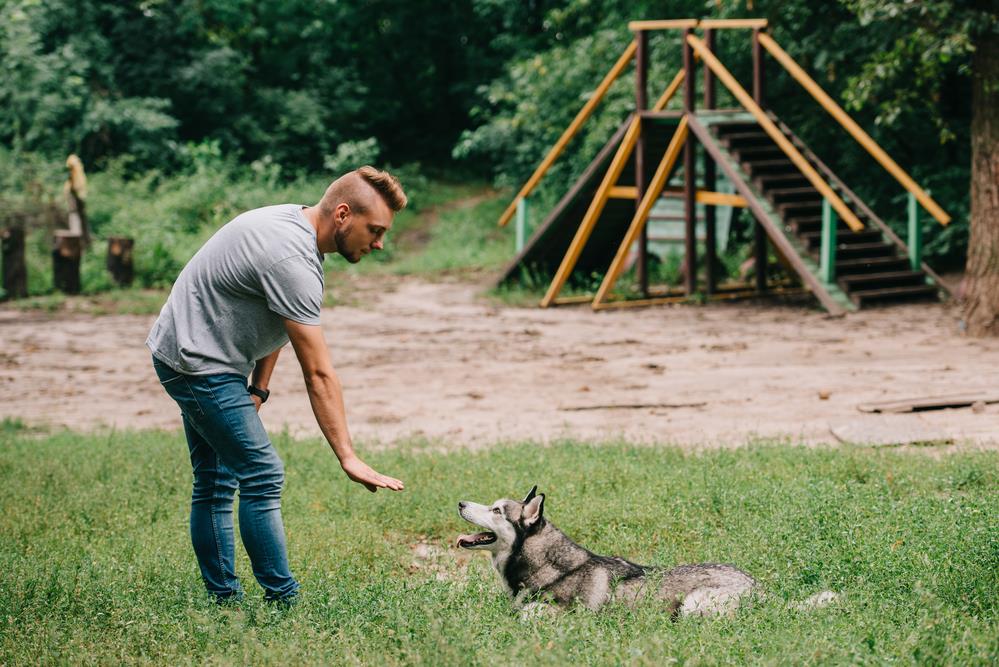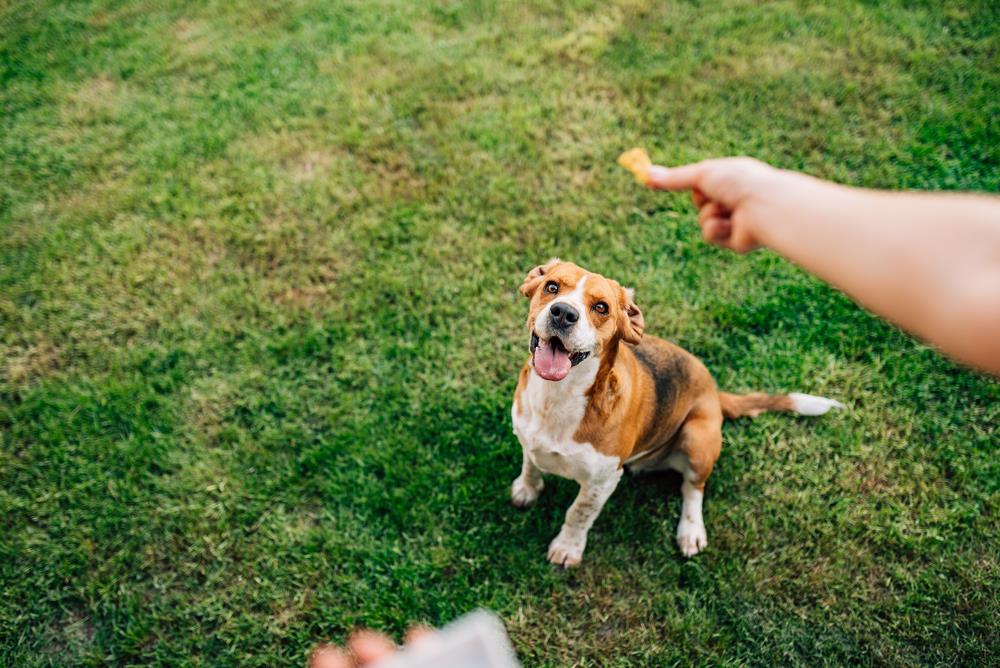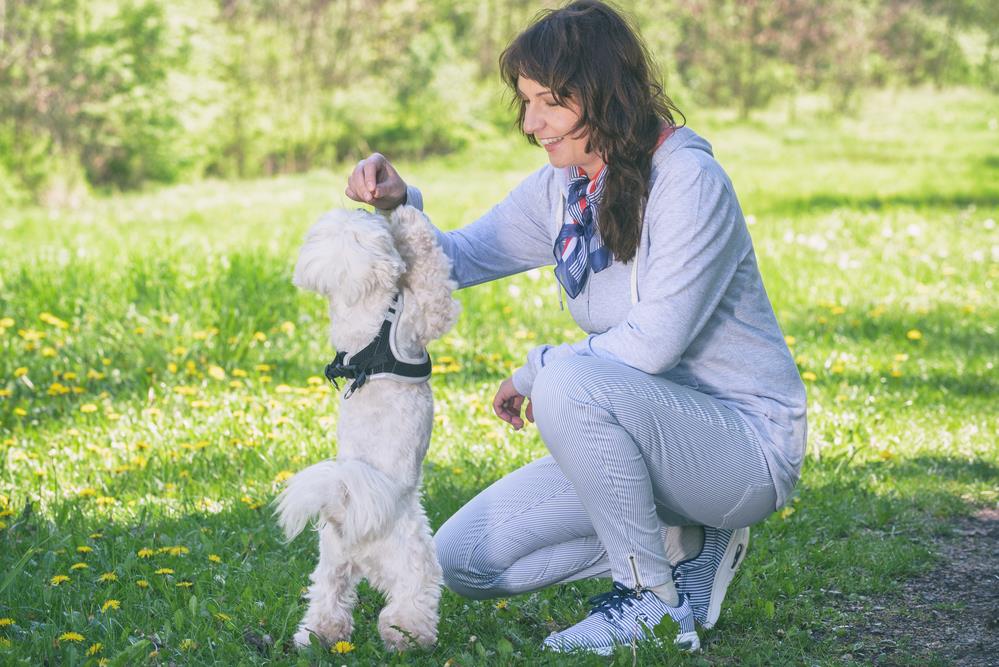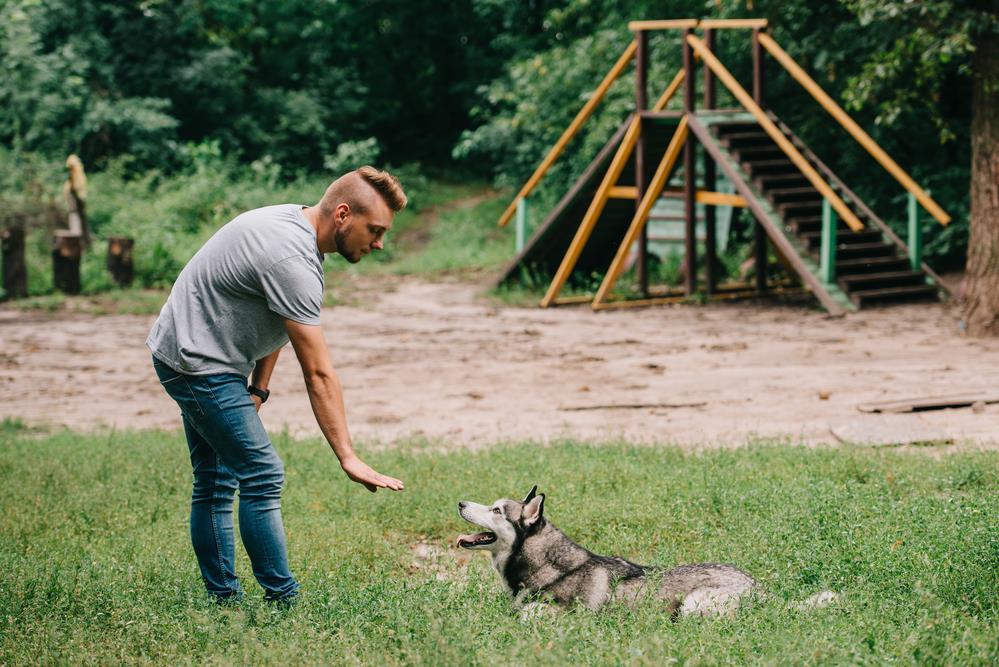The Importance of Teaching Commands to Pets
Teaching commands to pets is more than just a fun pastime. It’s an essential activity that can significantly enhance your pet’s safety, behaviour, and relationship with you. Pet training is a fundamental aspect of responsible pet ownership.

The Role of Basic Commands in Enhancing Pet Safety and Behaviour
Teaching your pet basic commands such as ‘sit,’ ‘stay,’ and ‘come’ can prevent them from encountering dangerous situations. For instance, a well-trained dog that responds to the ‘come’ command is less likely to run into traffic. Moreover, commands can help manage your pet’s behaviour, making them more sociable and less aggressive.
Strengthening the Bond between Pets and Owners through Commands
Training your pet with commands also strengthens the bond you share. It’s a form of communication that shows your pet what you want and helps them understand you better. This mutual understanding can lead to a stronger, more rewarding relationship with your pet.
I recommend adding a chart here to illustrate the benefits of pet training.
Understanding Your Pet’s Capability
Comprehending your pet’s learning abilities requires a keen understanding of their species-specific traits. Dogs, for instance, are known for their ability to learn commands, while cats tend to be more independent and less trainable. However, this varies within species, too. A Border Collie, for instance, is more adept at learning commands than a Bulldog.
Gauging Your Pet’s Learning Speed and Ability
To assess your pet’s learning speed, introduce new commands or tricks gradually. Observe their response – a swift and correct response indicates a higher learning ability. It’s essential to maintain patience and consistency. If needed, consult a professional animal behaviourist.
The Role of Breed and Age in Learning Commands
Breed plays a significant role in your pet’s capacity to learn. Certain breeds, like the Border Collie or Poodle, are known for their intelligence and quick learning. Additionally, a pet’s age can impact their learning ability. Younger animals tend to pick up commands faster than older ones due to their more flexible brain development. It’s never too late to train an animal, but younger pets generally have an advantage.

The Art of Positive Reinforcement
Positive reinforcement, a fundamental concept in behavioural psychology, is a highly effective method for encouraging desired behaviours. By acknowledging and rewarding your pet’s good behaviour, you’re instilling a sense of achievement and motivating them to repeat the action.

Effective Use of Treats, Praises, and Toys
- Give treats that are tasty, small, and easy to digest to keep your pet engaged and not overwhelmed.
- Offer praises in a cheerful, engaging tone. Pets react positively to enthusiasm and affection.
- Use toys for reinforcement during play-based training sessions. This keeps training fun and engaging for your pet.
Impact of Positive Reinforcement in Training Your Pet
Positive reinforcement strengthens the bond between you and your pet, making the training process more enjoyable. It’s a proven method for enhancing your pet’s learning capability, resulting in quicker mastery of commands.
Essential Commands to Start Training Your Pet
Training your pet is a rewarding endeavour, enhancing both their safety and your bond. Let’s begin by understanding the basics: “sit,” “stay,” “come,” and “leave it.”
“Sit” is a fundamental command that encourages good behaviour and control. To teach it, hold a treat close to your pet’s nose and move your hand up, allowing the pet’s head to follow the treat causing its bottom to lower. Once in sitting position, say “sit,” give the treat and share affection.
“Stay”
is crucial for your pet’s safety, preventing them from running into dangerous situations. Begin with your pet in ‘sit’ position, open your palm in front of you, say “stay”, take a few steps back and reward your pet if they stay.
“come”
command protects your pet from potential harm by keeping them close. To teach it, put a leash and collar on your pet, go down to their level, say “come,” then gently pull on the leash. Once your pet gets to you, reward them with a treat and affection.
“leave it”
ensures your pet avoids harmful substances. Place a treat in both hands, show your pet one enclosed fist with the treat inside, and say “leave it.” Once your pet stops trying to get the treat and pulls away, reward them with the treat from the other hand.
Remember, consistency is key. Practice these commands regularly and reinforce your pet’s learning with rewards. Happy training!
The Training Process: Consistency and Patience
When it comes to training your pet, consistency and repetition form the cornerstone of success. Ensuring a regular and systematic approach to training can significantly enhance your pet’s learning curve. Just like in humans, repetition aids in embedding behavioural traits in pets. Therefore, repeating commands until your pet responds correctly is essential.
Moreover, patience is paramount when teaching your pet. Not all pets learn at the same pace, and it’s important to adjust your expectations accordingly. The importance of patience cannot be overstated, particularly when your pet is slow to learn.
Tips to Maintain Consistency and Patience During Training Sessions
- Establish a regular training schedule to maintain consistency.
- Use the same commands and gestures for specific actions.
- Remain calm and patient, even if your pet doesn’t get it right immediately.
- Use positive reinforcement to encourage desired behaviour.
- Seek professional help if you’re finding the process challenging.
Dealing with Training Challenges
Training your pet can be a rewarding experience, but it’s not without its challenges. The most common issues faced during training sessions include the pet’s lack of focus, inconsistency in commands, and an incorrect approach to rewarding or penalising behaviours.
Solutions to Overcome Training Challenges
Addressing these challenges requires patience and consistency. Maintain a calm demeanour to keep your pet focused. Be consistent with your commands to avoid confusion. Reward good behaviour promptly and ignore undesirable actions instead of punishing your pet. This positive reinforcement method encourages your pet to repeat good behaviour.
When to Seek Professional Help
If despite your efforts, your pet continues to struggle with basic commands, it might be time to seek professional help. Professional trainers have the expertise to address specific behavioural issues and can provide personalised training plans. A good indicator that professional help may be needed is when the pet’s behaviour becomes disruptive or harmful.
Once your pet has mastered a new command, the work is not over. Ensuring they retain these learned commands requires consistent practice and positive reinforcement. We advise pet owners to make training a regular part of their pet’s routine.
The Importance of Regular Practice and Reinforcement
Repetition and reinforcement are key in helping your pet remember commands. Regular, short training sessions are more effective than infrequent, long sessions. Positive reinforcement, such as treats or praise, can also motivate your pet to repeat desired behaviour. Studies have shown that pets respond better to positive reinforcement than punishment.
Tips to Keep Training Sessions Engaging and Fun
Keeping training sessions engaging can help maintain your pet’s interest and motivation. Try incorporating play into training sessions and vary the types of commands you practice. We recommend making training a game to keep it fun and engaging for your pet.
- Ensure your pet retains the learned commands.
- Practice and reinforce regularly.
- Keep training sessions engaging and fun.
Conclusion: The Rewards of Pet Training
Teaching your pet basic commands is an invaluable investment that extends beyond obedience. It fosters a stronger bond between you and your pet, enhances their safety, and provides mental stimulation.

Not only does your pet grow and develop, but so do you. The success derived from pet training can bring immense personal satisfaction and growth in patience, understanding, and empathy. It’s an enriching learning journey that you both embark on.
Don’t stop learning and growing with your pet. Remember, consistency is key in pet training. Each day brings a new opportunity for teaching and learning.


